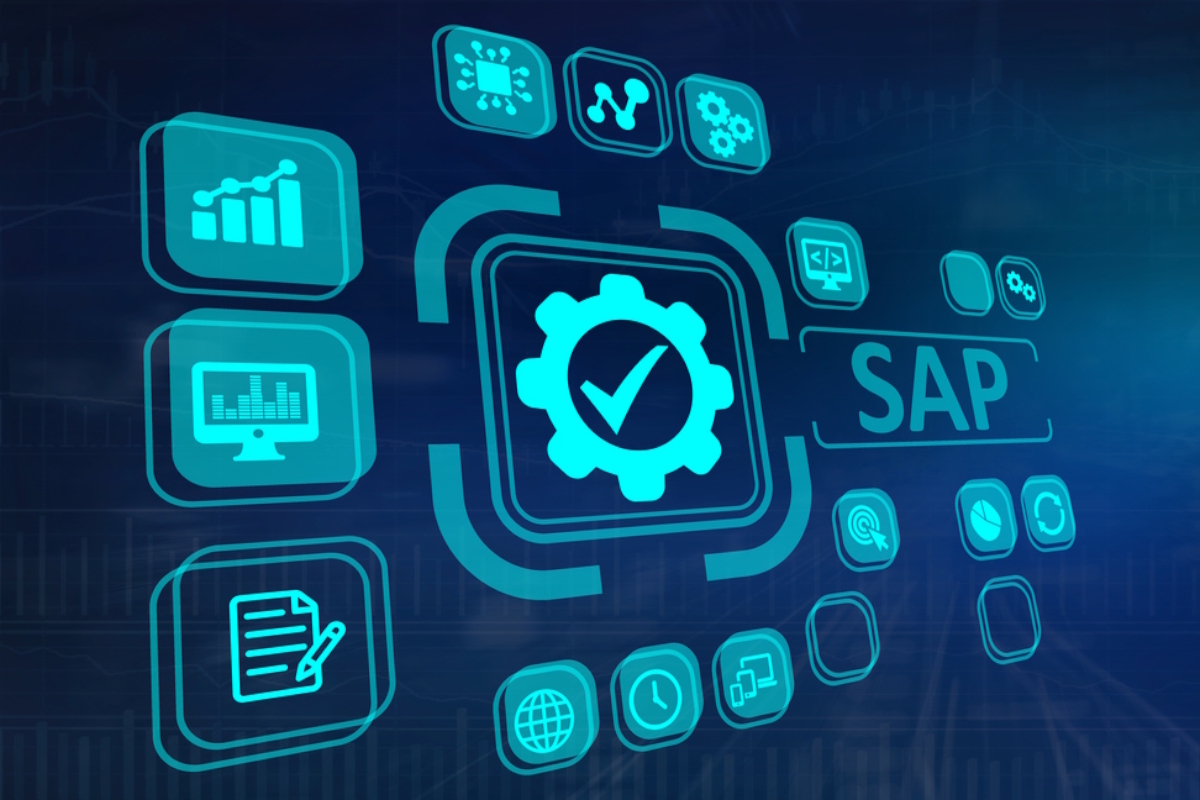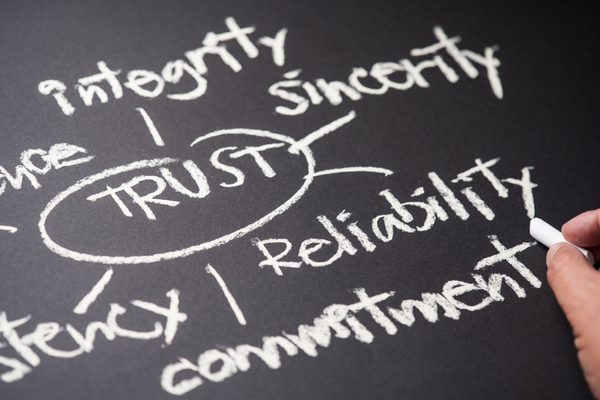ECC deadlines, RISE, and keeping control of the SAP roadmap
Iain Saunderson at Spinnaker Support warns that SAP customers are fast approaching a point where strategy collides with the calendar

Support for ECC 6.0 and Business Suite 7 ends in December 2025, and by 2027 mainstream maintenance for ECC itself will be withdrawn. Those dates are outlined clearly in SAP’s documentation, but they do not reflect the pace at which enterprises can genuinely modernise. What looks like a natural progression in a vendor roadmap feels very different inside an organisation with twenty years of custom development and tightly regulated operations.
SAP’s prescribed answer to the end of ECC and Business Suite support is a move to S/4HANA, increasingly delivered through the RISE private cloud subscription model. But many CIOs and program leads tell us that this option doesn’t account for the reality, which is that upgrading is not usually linear. RISE is sold as a ready-made step into the future.
For heavily customised landscapes, however, migration is not a project to be completed in 120 days. It is a multi-year endeavour that touches everything from supply chains to compliance. That is why so many customers describe themselves as running out of road: the vendor timetable is advancing faster than their ability to act.
Complexity that cannot be wished away
The depth of customisation in most SAP estates is extraordinary. Large manufacturers rely on code written to fit precise processes on the shop floor, often integrated into systems that span continents. Financial institutions operate validated workflows where every adjustment is subject to regulatory scrutiny. Public sector bodies are bound by procurement frameworks that stretch beyond the horizon of SAP’s deadlines.
None of these environments can be picked up and transplanted into a new platform at speed. Even organisations with significant budgets are wary of disrupting systems that underpin critical services. A decision made in haste may meet a date in the vendor’s calendar, but it risks breaking functions that have taken decades to refine.
We need to be clear here that this hesitation is not born out of resistance to change. Many CIOs accept that S/4HANA is the destination. The hesitation comes from recognising that the route is more complex than SAP’s marketing materials allow. Migration is not only technical; it is operational, financial, and regulatory. It cannot be condensed to fit a vendor’s end-of-support window without exposing the business to real risk.
The risk of rushing
In every sector, there are risks involved with moving too quickly. In manufacturing, a mishandled transition can stall production lines. In financial services, the regulatory consequences of a failed migration can last for years. In healthcare, even short outages can impact patient services. These are not abstract, hypothetical problems. They are direct threats to the continuity of organisations whose SAP estates have become business-critical infrastructure.
Yet doing nothing is not an option either. Unsupported systems invite their own vulnerabilities: security exposures, failed audits, the absence of a safety net when failures happen (and they will). That leaves CIOs caught between two risks: moving too fast and breaking business-critical processes or standing still and watching support evaporate.
For many, the best option has been third-party software support. This way, ECC environments can remain fully supported beyond SAP’s published deadlines, allowing organisations to stabilise critical systems while they prepare for S/4HANA. Gartner has gone further, noting that third-party support is now one of the most viable strategies for customers facing the 2025 and 2027 cut-offs. What analysts are describing reflects what customers already know: third-party support is not a detour – it’s a way to keep the business protected while SAP’s own roadmap catches up with enterprise reality.
Support as continuity, not just maintenance
It is easy to frame third-party support as a stopgap, but conversations with customers suggest something far more substantive. What matters is not just fixing issues when they occur but ensuring stability during a period of uncertainty. When systems fail, enterprises want assurance that the problem will not simply be patched but understood and prevented from recurring. They want continuity of expertise in estates that reflect decades of adaptation.
Customers who move to third-party support are not resisting change. They are acknowledging the reality of their environments. They know that modernisation will come but rushing it would put critical processes at risk. By holding their systems steady under third-party support, they create the breathing space they need to modernise properly: with tested roadmaps, controlled risk, and a timeline the business can sustain.
That breathing space is not only about technical readiness, but also about control. SAP’s deadlines are fixed, but decisions about timing and architecture should belong to the business, not the vendor. Moving from perpetual licenses to a subscription under RISE is an upgrade, but it also represents a new balance of power, with pricing, architecture, and even the pace of innovation defined on SAP’s terms.
Some organisations are comfortable with that. Others are cautious. They want proof that RISE can deliver integration, resilience, and cost predictability at scale. They want the option to explore new capabilities – from AI integration to data partnerships – without locking themselves in prematurely. Third-party support allows them to maintain that freedom. It does not cancel the move to S/4HANA, it simply ensures that when the move is made, it is on terms that serve the business.
Managing the years ahead
The next two years will be critical. Some organisations will be ready to commit to RISE quickly and may find that the model fits their needs. For most, the harder task is managing the years between SAP’s deadlines and the point where a move to S/4HANA is genuinely achievable.
Third-party support is not a detour or a temporary fix. It gives enterprises the continuity they need to protect compliance, safeguard operations, and reduce risk, while also creating the breathing space to plan modernisation responsibly. For some, that time is the most valuable element. For others, it is the depth of support itself – the ability to keep highly customised environments stable and fully maintained outside of SAP’s deadlines. In both cases, it allows CIOs to retain control and act on their own terms.
SAP’s roadmap sets out clear dates, but clarity on paper is not the same as feasibility in practice. Third-party support provides the assurance that when organisations move to S/4HANA, they do so with critical systems intact, compliance maintained, and leverage preserved.
Iain Saunderson is CTO at Spinnaker Support
Main image courtesy of iStockPhoto.com and bymuratdeniz

Business Reporter Team
Most Viewed
Winston House, 3rd Floor, Units 306-309, 2-4 Dollis Park, London, N3 1HF
23-29 Hendon Lane, London, N3 1RT
020 8349 4363
© 2025, Lyonsdown Limited. Business Reporter® is a registered trademark of Lyonsdown Ltd. VAT registration number: 830519543





